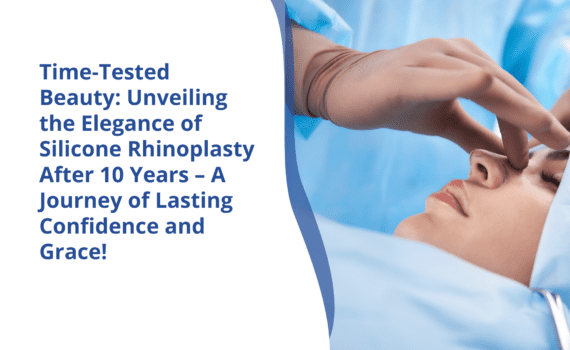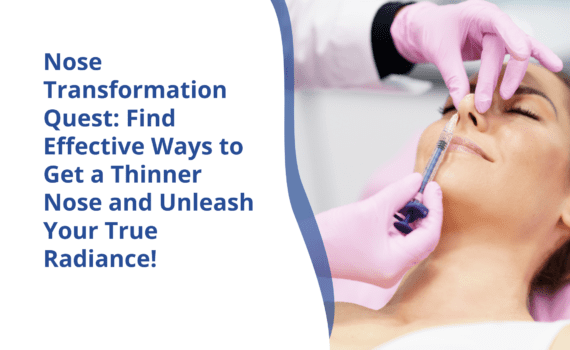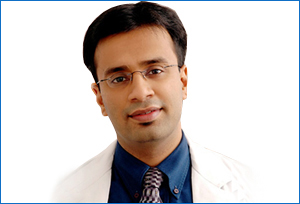
Time-Tested Beauty: Unveiling the Elegance of Silicone Rhinoplasty After 10 Years – A Journey of Lasting Confidence and Grace!
Silicon implants are a popular tool of rhinoplasty that has become a popular option for patients seeking to enhance and reshape their noses. The popularity of silicone implants arises from the fact that they are composed of a delicate, flexible material that mimics the natural feel of tissue. These implants for cosmetic surgery are both comfortable and natural-looking. Silicone implants have experienced a surge in popularity in recent years due to their capacity to deliver enduring outcomes while minimizing the likelihood of complications.






